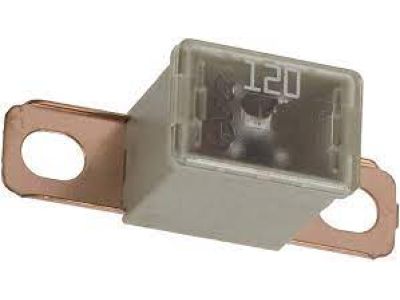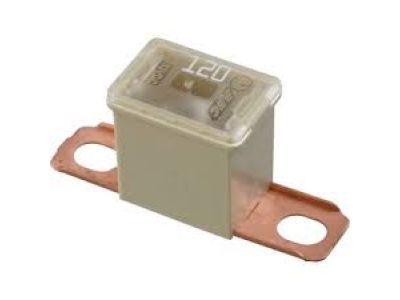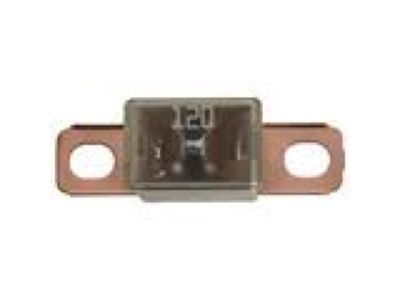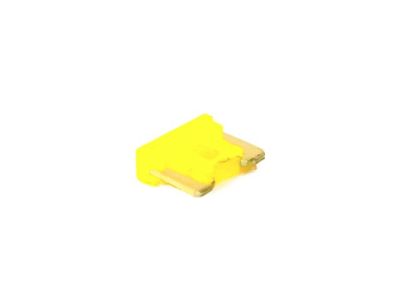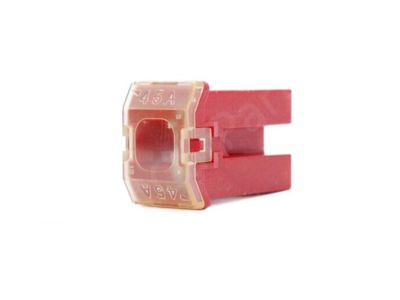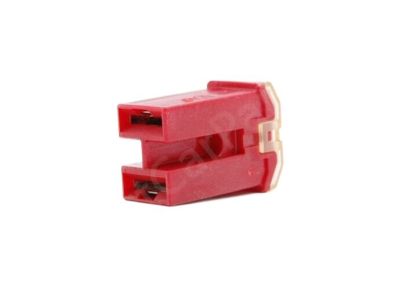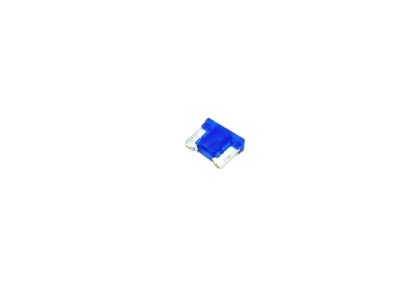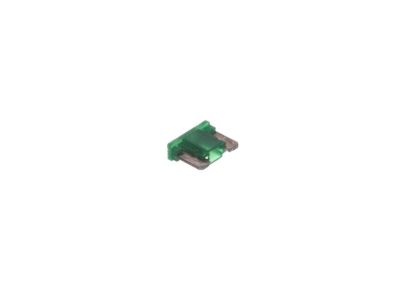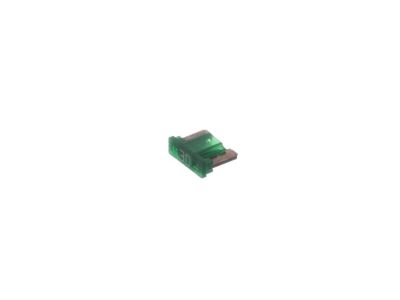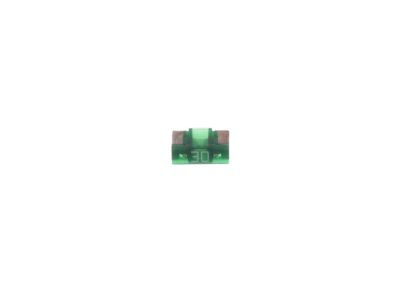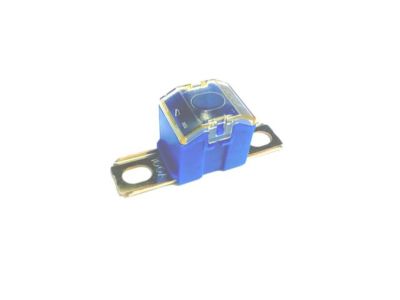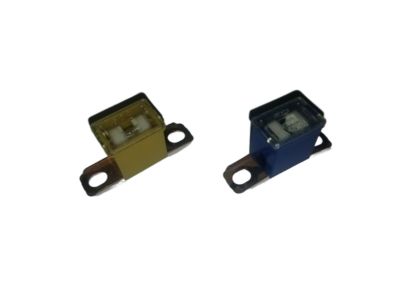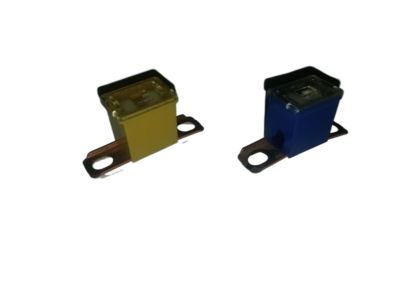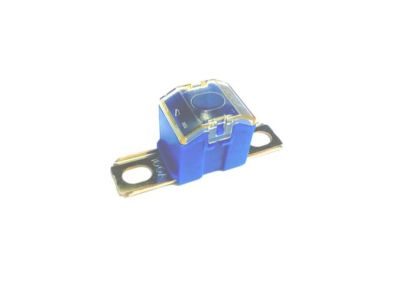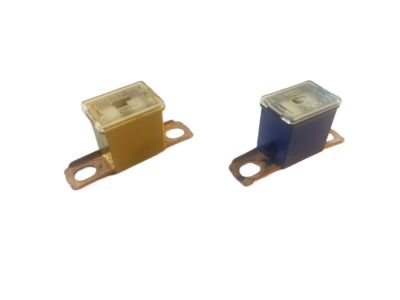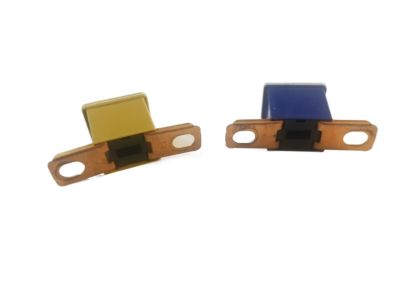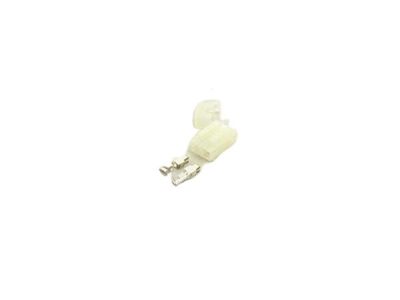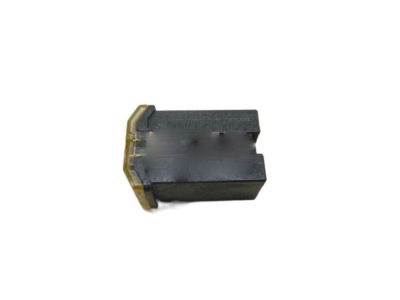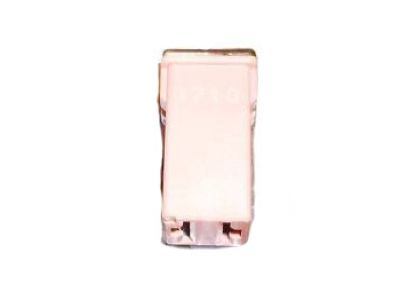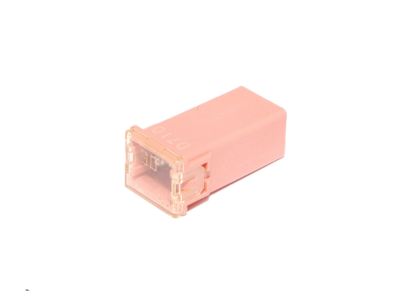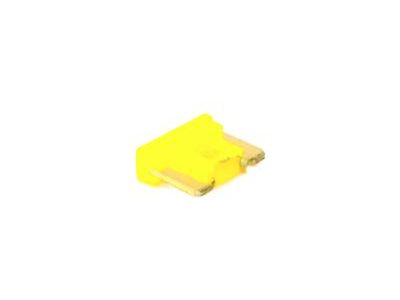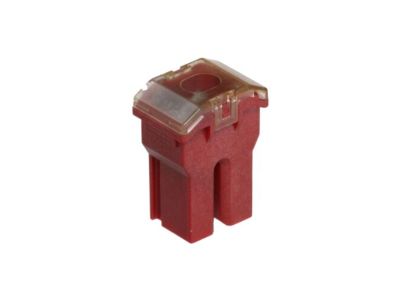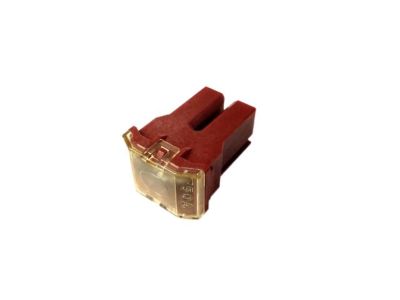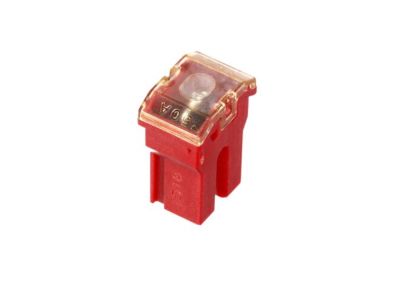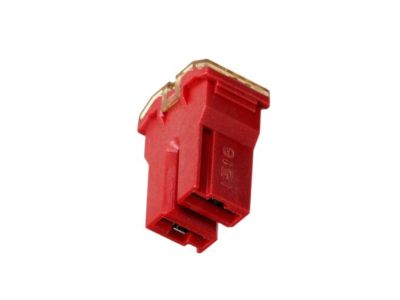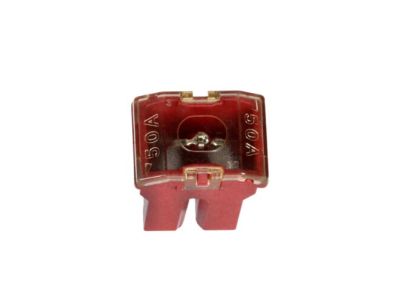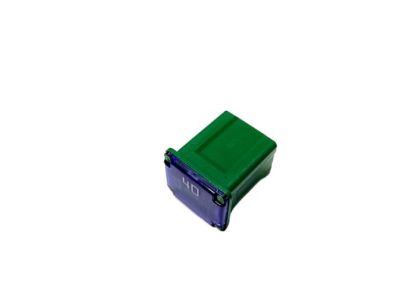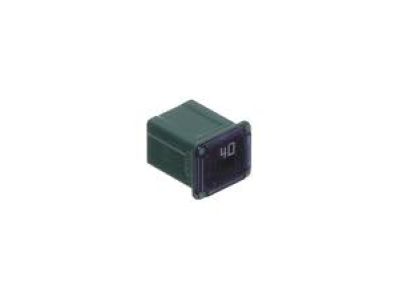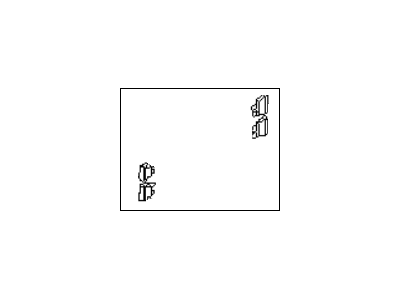×
- Hello
- Login or Register
- Quick Links
- Live Chat
- Track Order
- Parts Availability
- RMA
- Help Center
- Contact Us
- Shop for
- Subaru Parts
- Subaru Accessories


My Garage
My Account
Cart
Genuine Subaru Legacy Fuse
Circuit Fuse- Select Vehicle by Model
- Select Vehicle by VIN
Select Vehicle by Model
orMake
Model
Year
Select Vehicle by VIN
For the most accurate results, select vehicle by your VIN (Vehicle Identification Number).
40 Fuses found


Subaru Legacy Mini Fuse 75A
Part Number: 82210AJ07A$0.97 MSRP: $1.64You Save: $0.67 (41%)Ships in 1-3 Business Days
Subaru Legacy Mini Fuse 10A
Part Number: 82210AJ10A$1.09 MSRP: $1.84You Save: $0.75 (41%)Ships in 1-3 Business Days
Subaru Legacy Fuse Main
Part Number: 82233AA001$13.85 MSRP: $19.57You Save: $5.72 (30%)Ships in 1-2 Business Days
Subaru Legacy Mini Fuse 15A
Part Number: 82210AJ15A$1.09 MSRP: $1.84You Save: $0.75 (41%)Ships in 1-3 Business Days
Subaru Legacy Mini Fuse 30A
Part Number: 82210AJ30A$1.09 MSRP: $1.84You Save: $0.75 (41%)Ships in 1-3 Business Days
Subaru Legacy Main Fuse
Part Number: 82211FC100$18.85 MSRP: $27.32You Save: $8.47 (31%)Ships in 1-3 Business Days
Subaru Legacy Mini Fuse 25A
Part Number: 82210AJ25A$1.09 MSRP: $1.84You Save: $0.75 (41%)Ships in 1-3 Business Days
Subaru Legacy Slow Blower Fuse 80A
Part Number: 82211AJ81A$7.81 MSRP: $11.03You Save: $3.22 (30%)Ships in 1-3 Business Days
Subaru Legacy Fuse-Main
Part Number: 82211FC030$2.37 MSRP: $3.35You Save: $0.98 (30%)Ships in 1-3 Business Days
Subaru Legacy Mini Fuse 20A
Part Number: 82210AJ20A$1.09 MSRP: $1.84You Save: $0.75 (41%)Ships in 1-2 Business Days
Subaru Legacy Fuse-Main
Part Number: 82211FC050$2.66 MSRP: $3.75You Save: $1.09 (30%)Ships in 1-3 Business Days
Subaru Legacy Slow Blower Fuse 40A
Part Number: 82211AJ40A$2.67 MSRP: $3.77You Save: $1.10 (30%)Ships in 1-3 Business DaysSubaru Legacy Slow Blower Fuse
Part Number: 82211AL12A$6.49 MSRP: $9.17You Save: $2.68 (30%)Ships in 1-3 Business DaysSubaru Legacy Slow Blow Fuse
Part Number: 82211AN00A$6.58 MSRP: $9.30You Save: $2.72 (30%)Ships in 1-3 Business DaysSubaru Legacy Fuse Main
Part Number: 82233AA000$13.85 MSRP: $19.57You Save: $5.72 (30%)Ships in 1-3 Business DaysSubaru Legacy Slow Blow Fuse
Part Number: 82211AN01A$5.49 MSRP: $7.75You Save: $2.26 (30%)Ships in 1-3 Business DaysSubaru Legacy Fuse Auto
Part Number: 82212AA010$1.03 MSRP: $1.74You Save: $0.71 (41%)Ships in 1-3 Business DaysSubaru Legacy Fuse Auto
Part Number: 82212AA000$1.09 MSRP: $1.84You Save: $0.75 (41%)Ships in 1-3 Business Days
| Page 1 of 2 |Next >
1-20 of 40 Results
Subaru Legacy Fuse
Our website stands as the go-to online destination for OEM Subaru Legacy Fuse. With complete lines of genuine Subaru Legacy Fuse available at unbeatable market prices, we ensure top quality, reliability, and durability. Each part comes backed by the manufacturer's warranty, reinforcing your trust in our offerings.
Subaru Legacy Fuse Parts Questions & Experts Answers
- Q: What are the functions and locations of fuses, fusible links, and circuit breakers in a Subaru Legacy?A:The electrical circuits of the vehicle are safeguarded by a combination of fuses, circuit breakers, and fusible links, with two fuse boxes present, One of these modules is located in the engine compartment and the other is located in the cabin, the passenger area. The engine compartment fuse box is located at the left side of the engine compartment on models from 2000 to 2004, while that of the passenger compartment is at the left end of the instrument panel, behind the coin tray for models from 2005 and later, and in front of it for the earlier models. All the fuses are referenced with the corresponding circuit on which the fuse is secured indicated on the fuse cover and some additional spare fuses along with an exclusive removal tool are also present in the fuse box cover. Small fuses with blades on one of the terminal is convenient to be removed and inserted and while testing for power one has to use the light on the terminal end of the fuse check to see if the fuse is blown. To replace a fuse, one has to pull out the bad one then put a new fuse of the similar type and rating since it is unadvisable to use a fuse of a different amperage. Should a substitute fuse blow out again right away, the cause of the problem, which is usually a short circuit resulting from faulty wiring, should be fixed before placing a new fuse. Fusible links protect certain circuits such as the starter circuit which connects the car starter motor to the alternator and to replace the link, you will need to pull the negative terminal of the car battery. Some circuit breakers focus on the protection of certain circuits like those of power windows and heated seats and they may self-reach once an overload occurs. Vintage warning horn is tested by pulling the breaker slightly off its socket to with voltmeter to ensure battery voltage is available at both ends; if it's not, then the breaker requires replacement. Some circuit breakers are of the type that have to be reset by hand.
Related Subaru Legacy Parts
Browse by Year
2021 Fuse 2020 Fuse 2019 Fuse 2018 Fuse 2017 Fuse 2016 Fuse 2015 Fuse 2014 Fuse 2013 Fuse 2012 Fuse 2011 Fuse 2010 Fuse 2009 Fuse 2008 Fuse 2007 Fuse 2006 Fuse 2005 Fuse 2004 Fuse 2003 Fuse 2002 Fuse 2001 Fuse 2000 Fuse 1999 Fuse 1998 Fuse 1997 Fuse 1996 Fuse 1995 Fuse 1994 Fuse 1993 Fuse 1992 Fuse 1991 Fuse 1990 Fuse
